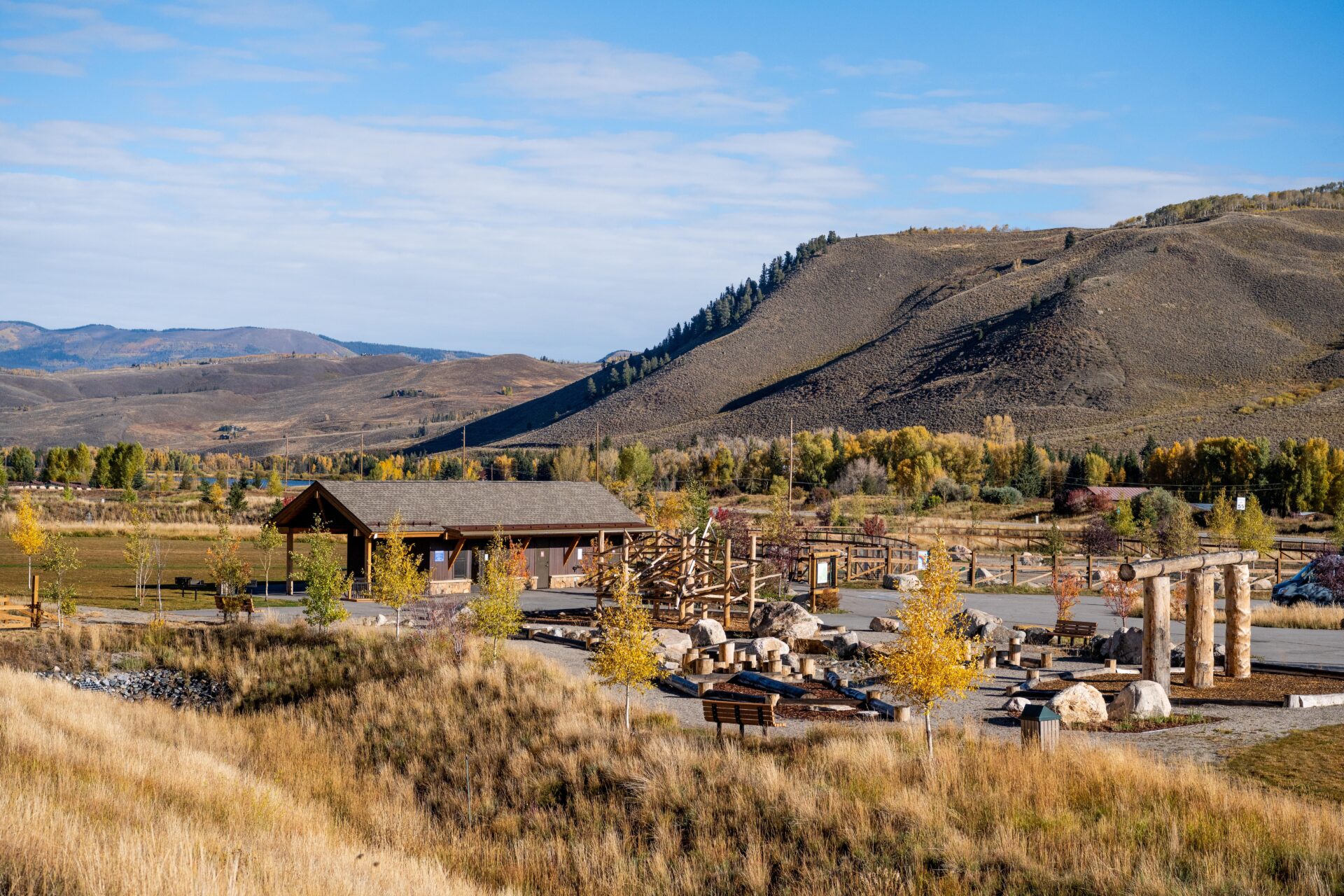Experiences, Not Amenities:
How to Maximize Visitation and Broaden Appeal in Parks
This article originally appeared in National Parks & Recreation Association Magazine and was authored by Norris Design’s Principal Megan Testin and Associate Amanda Cesario.
Parks have long offered immense value to communities by improving environmental resilience, boosting public health and wellness, and contributing to local economies. During the coronavirus (COVID-19) pandemic, public open spaces saw a surge in visitation as people sought outdoor reprieve and safe ways to connect. That renewed attention also revealed a deeper opportunity: how can parks evolve beyond static amenities to become dynamic, experience-driven spaces that invite broader and more frequent use by everyone in the community?
We must rethink how we design, program and activate parks, particularly for nontraditional or underrepresented user groups, including teens, older adults and people of different backgrounds. Parks should be more than a playground or sports field — they should foster meaningful connection, cultural resonance and return-worthy experiences.
Designing Parks for All
A successful park appeals to as many age groups and ability levels as possible. Features like walking loops offer a prime example of intergenerational appeal. Research shared by the City Parks alliance confirms that walking loops are among the most-used park amenities and support health, socialization and routine use, especially among older adults. Adding seating, shade and social touchpoints along these loops encourages lingering, not just movement.
Universal design means going beyond ADA compliance to be truly welcoming to all. Parks that incorporate accessible pathways, multisensory features and intuitive navigation allow people of all abilities to participate in the park experience equally. For example, Walter Byron Park in Frisco, Texas, has swing zones that include adaptive and sensory-friendly views and sounds experienced by placing the swings near the visual and audible effects of the Ten Mile Creek to support enjoyment across age and mobility levels. As simple as it seems, swinging is a universal joy that stimulates
the inner ear and supports emotional well-being, a small touch that leaves a big impression.
Pavilions as Platforms for Social Connection
Cultural context matters in park design. During outreach efforts in Spanish-speaking communities, we heard a recurring theme: the value of pavilions. In many Latin American cultures, social gatherings typically happen outdoors, and parks serve as an extension of the home. Recognizing this, the addition of large, shaded reservable shelters supports community connection in ways that go beyond recreation.
Pavilions also serve practical purposes. Youth camps licensed to take field trips to parks often require a storm shelter to continue activities safely. Ensuring that shelters are large enough for group gatherings and thoughtfully designed with shade and weather protection can significantly impact a park’s usability during peak summer months. Winged Melody Park at the Aurora Highlands is a great example of a park that includes a refuge through its pavilion feature. Functioning as a stage, gathering place and shade structure, the pavilion’s multifaceted design supports social interaction.
To promote equal access, it’s important to balance rentable pavilions with those that are first come, first served. Offering both ensures all residents, regardless of financial resources, can enjoy high-quality spaces for birthday parties, family reunions and community events.
Creating a Sense of Place
Great parks don’t just entertain; they tell a story. Honoring local history, geography and cultural traditions helps create a unique sense of place that fosters community pride and attachment. Simple gestures of naming trails after local legends, integrating public art or preserving native vegetation to ground the park in its surroundings make visits feel meaningful, drawing peopleb back time and again.
Designing for Teens and Transitional Spaces
Teenagers are often the forgotten audience in park design. While they may not gravitate toward playgrounds or sports fields, they still seek places to gather, socialize and unwind. Transitional spaces such as edges, shade zones and seating clusters under trees can become unofficial teen hangouts when designed intentionally.
Dailey Park in Denver, for instance, has become a popular spot for teens due in part to its mature spruce trees and the addition of nature elements into the park design. Teens regularly set up hammocks in these shady groves as an informal use that wasn’t “programmed,” but welcomed through thoughtful design and stewardship. Embracing these organic uses builds trust and increases teen investment in space.
The Takeaway
When we focus on creating experiences rather than simply installing amenities, parks become places people return to for recreation, culture, connection and community identity.
